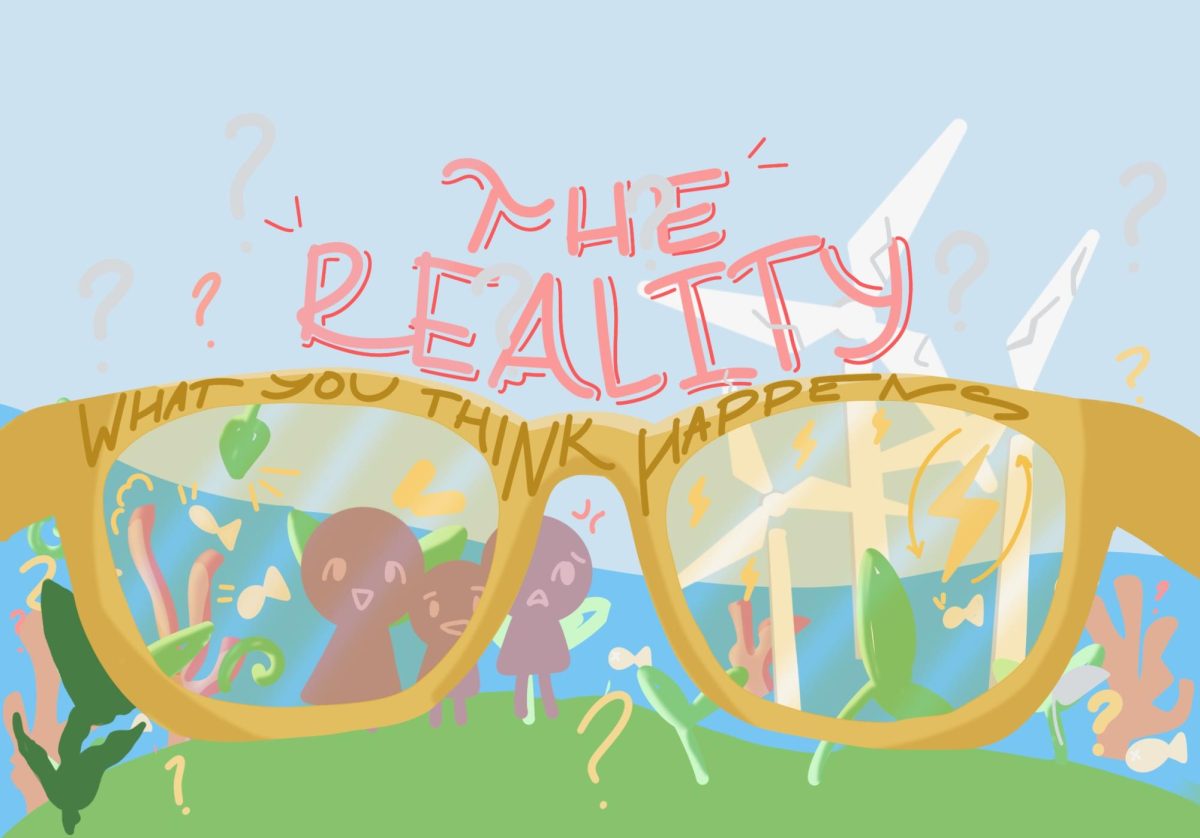Electric cars, solar power and wind energy are often associated with ideas of green, clean energy that is beneficial and untainted in all aspects.
However, when consuming and discussing alternatives to fossil fuel energy sources, people must consider the various consequences of renewable energy sources in order to make more accurate, informed decisions through their energy-related purchases.
Discussion about floating offshore wind farms has been on the rise in California over the past years, with officials feeling the need for quicker action due to the increasing threats of climate change, according to CalMatters. Offshore wind farms promise more energy compared to onshore wind farms and the Pacific Ocean has strong winds that can boost energy efficiency according to American Geosciences Institute, a nonprofit and National Academy of Sciences directive.
However, the monetary costs remain enormous: installing a single wind farm may take approximately $5 billion. Another factor that must be considered when discussing renewable energy sources like offshore wind is the amount of information or data available. In the case of offshore wind, California cannot consider environmental assessments on these farms from the east coast partially because of the Pacific Ocean’s different geographical conditions. These geographical features add to the vast unknown surrounding this technology. Additionally, nearby communities can also face significant impacts upon the installation of offshore energy technology: wind farms may increase employment and boost rural economies but threaten fishermen who fear more restricted access to leased waters, according to CalMatters.
The wind farms may encroach upon indigenous lands, a concern already voiced by the Chumash Heritage National Marine Sanctuary, according to E&E News from Politico. When accumulated, these factors paint a solid example of the importance behind considering different aspects behind something seemingly straightforward as renewable energy.
Understandably, some may claim that renewable energy does have an overflow of benefits such as its cost-effectiveness and sustainability that validate why the public may view it as purely beneficial with little to no downsides. However, this narrow perspective fails to encompass the full picture of renewable energy. The U.S. has an economy driven by consumerism, according to The Washington Post, which means that the products that energy companies churn out are likely reflections of the general public’s desires, so keeping both the potential pros and cons in mind as a buyer is integral.
In fact, taking this open-minded approach can benefit the environment by encouraging people to think in the long-term when deciding which energy sources to support through their purchases. This benefit extends to students who can benefit from adopting a broader, open-minded knowledge about the various facets of renewable energy as this mindset can facilitate future discussions on climate-related consumption choices and potential solutions given how it encourages critical thinking.
With the uncertainties surrounding energy sources like offshore wind and its potential, perceiving these novel alternatives through this informed, multi-faceted lens is crucial for informed decision-making when making purchases and long-term environmental benefit.





